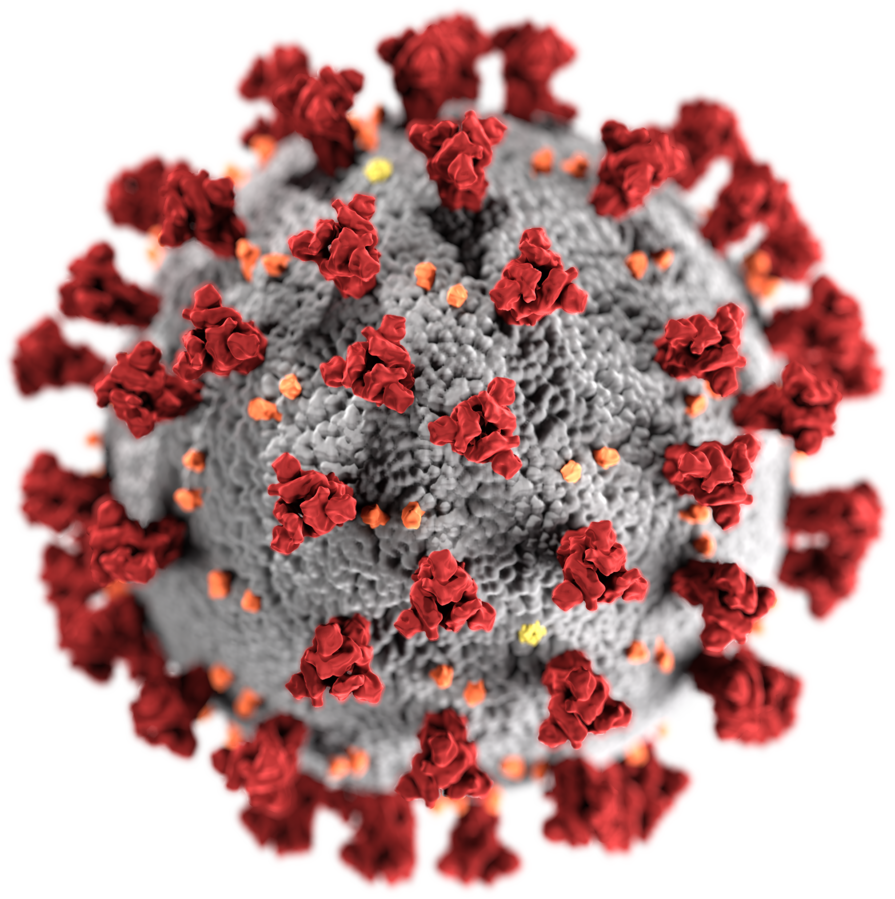Article
COVID-19 Pandemic in Canada (Plain-Language Summary)
COVID-19 has a negative affect on respiration. Respiration means breathing. COVID-19 is a new type of coronavirus, SARS-CoV-2. It appeared in 2019. In approximately three years about 759 million people around the world had COVID-19. In Canada, about 4.6 million people had COVID-19. Around 51,447 died in Canada. The COVID-19 pandemic was one of the most dangerous pandemics in world history. This article is a plain-language summary of COVID-19 Pandemic in Canada. If you are interested in reading about this topic in more depth, please see our full-length entry, COVID-19 Pandemic in Canada.









